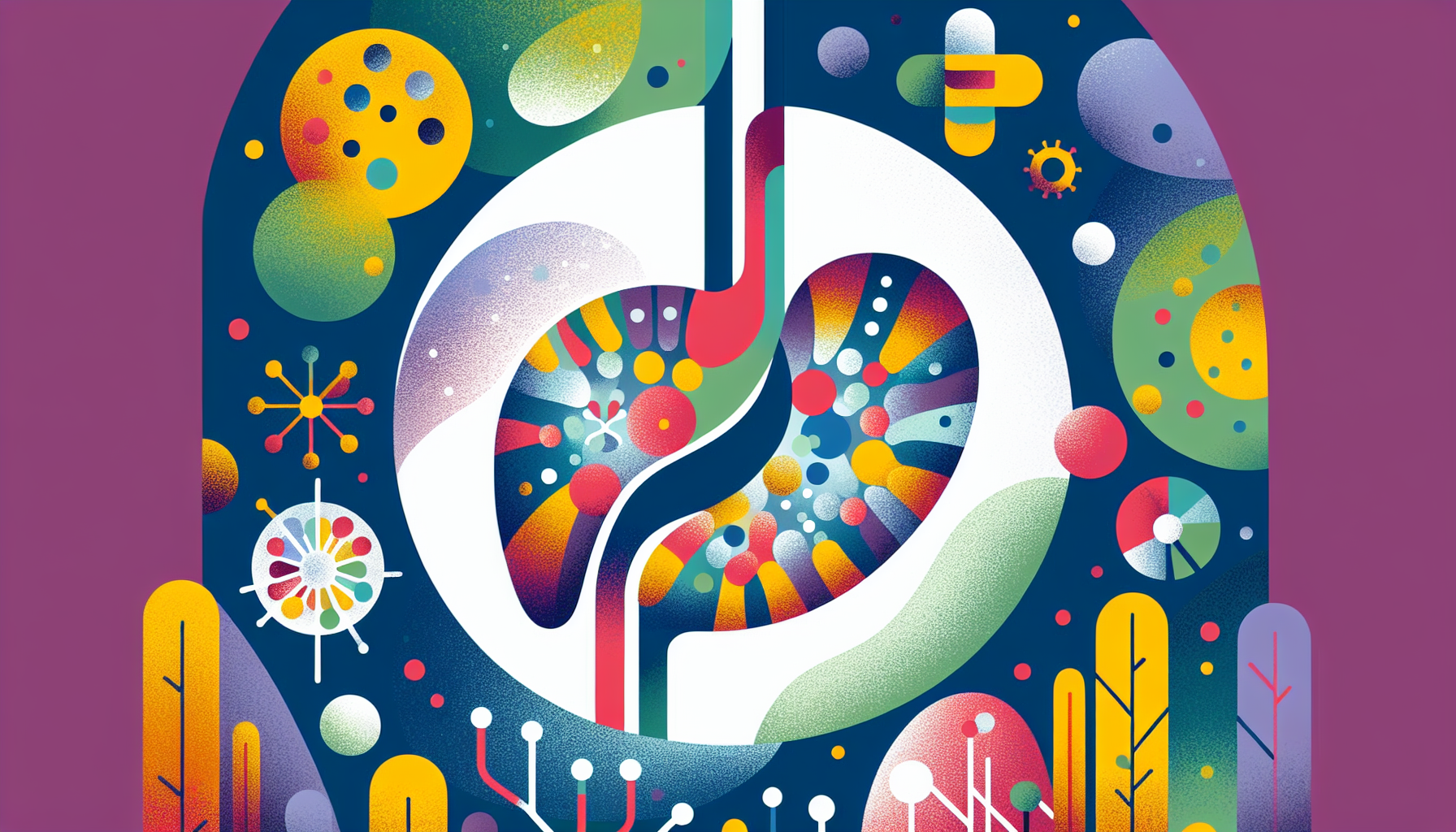Can I Take Zepbound a Day Early?
Key TakeawaysZepbound is a once-weekly injectable medication for weight management and obstructive sleep apnea (OSA) linked to obesity.Taking Zepbound a day early is [...]
Read More
Medically reviewed by Abhijit Bhattacharyya | MD, PhD, MBA, Tufts University School of Medicine - Miami, Florida on May 6th, 2023.
Biliary atresia is a rare liver disease that affects only infants. It occurs when the bile ducts, which are tubes that carry a digestive fluid called bile from the liver to the small intestine, become swollen and blocked. This blockage prevents bile from reaching the intestine, causing it to build up in the liver and leading to liver damage.
The exact cause of biliary atresia is not known, but doctors believe several factors may trigger the disease, including:
Genetic changes
Immune system problems
Developmental issues in the womb
Exposure to toxic substances
Viral or bacterial infections after birth
Biliary atresia is not hereditary, and babies cannot catch it from someone else. Premature girls and babies of Asian or African-American descent are at a higher risk of developing the disease.
The most common symptom of biliary atresia is jaundice, which causes the baby's skin and the whites of their eyes to appear yellow. While jaundice is common in newborns, it usually goes away within 2 to 3 weeks. In babies with biliary atresia, jaundice persists longer.
Other symptoms may include:
Swollen abdomen
Gray or white stools
Dark urine
Frequent nosebleeds
Intense itching
To diagnose biliary atresia, doctors may perform several tests, including:
Blood tests to check for high levels of bilirubin
X-rays to look for an enlarged liver and spleen
Ultrasound to create detailed images of the baby's organs
Liver scans to show if and where the flow of bile is blocked
Liver biopsy to examine a small sample of liver tissue under a microscope
Diagnostic surgery to directly view the liver and bile ducts

The most common treatment for biliary atresia is the Kasai procedure, which involves replacing the blocked bile ducts with a portion of the baby's intestine. This allows bile to drain from the liver into the intestine. The Kasai procedure has an 80% success rate when performed before the baby is 3 months old.
If the blocked bile ducts are inside the liver, medication may help remove the excess bile, and vitamin A, D, and E supplements may be prescribed. However, in most cases, a liver transplant will be necessary.
Babies who undergo a successful Kasai procedure may recover and lead a full, active life. However, most children with biliary atresia will require specialized medical care throughout their lives and may eventually need a liver transplant.
For more information on biliary atresia, visit:
Key TakeawaysZepbound is a once-weekly injectable medication for weight management and obstructive sleep apnea (OSA) linked to obesity.Taking Zepbound a day early is [...]
Read MoreKey TakeawaysZepbound is an FDA-approved medication for chronic weight management in adults with obesity or overweight, and for moderate to severe obstructive sleep apnea [...]
Read MoreKey TakeawaysZepbound is a once-weekly injectable medication that supports weight loss by activating hormone pathways regulating appetite and digestion.After the first dose, [...]
Read More